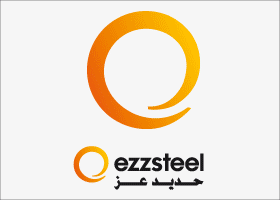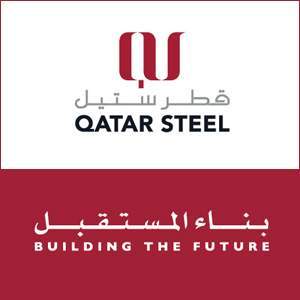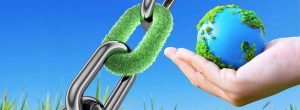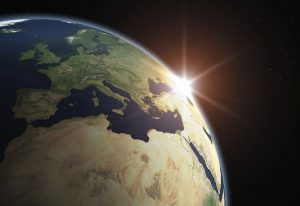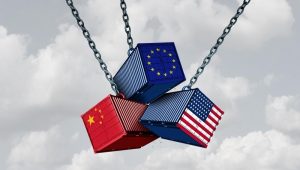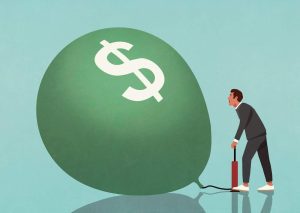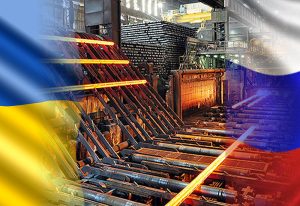It has been more than two years since the onset of the unprecedented crisis, due to the Coronavirus and its metaphors Delta and Omicron, and the world has mobilized all its capacities to control this rapidly spreading epidemic, in addition to the energy crisis that raises global economic pressures.
Despite this, the global economy proved the ability to withstand during 2021 in front of the repercussions of the “Covid-19” pandemic, and achieve the ability to shift from the deflation recorded in 2020 to growth rates supported by optimistic estimates of a return to growth levels before the pandemic, as energy prices witnessed a return to the rise to an average price that exceeds $80 a barrel, compared to $48 at the end of 2020, and about $66 a barrel at the end of 2019.
As the global economy achieved a growth of 3% during 2019, where it recorded a contraction during 2020 of 3.5%, while expectations indicate an achieving growth between 4 to 5.9% during 2021 compared to global output in 2020.
When we look at the assurances of international institutions that the Corona crisis and its economic and social repercussions exceeded all previous crises that the world witnessed (whether the Great Depression of 1929-1932 or the global financial crisis of 2008-2009), the year 2021 goes under the title “Recovery is still in progress”, as it is the first time that a crisis has hit all the economies of the world, and all economic sectors at the same time, and it is the first time that a crisis has hit both sides of supply and demand, with global supply and supply chains affected, manufacturing activity halting, wages declining, in addition to high unemployment rates, Uncertainties are increasing.
2021 saw a stronger-than-expected recovery in steel demand, which led to positive adjustments in the WSC forecast from 0.1% growth in 2020 in demand volume to 4.5% in 2021 to reach 1,855.4 million tons led by strong manufacturing activity Supported by demand, especially from advanced economies, which reflects the positive benefit of high vaccine rates, outperforming emerging economies, especially in Asia, due to the re-emergence of infections.
China
The world continues to view China as the engine of the global economy. The Chinese economy achieved stable growth in 2021 and led the economic development in the world, despite challenges, including the re-spread of the Corona pandemic and the complex external environment.
China’s National Statistics Authority stated that the country’s gross domestic product rose by 8.1% year on year to 114.37 trillion yuan (about 18 trillion US dollars) last year, and the data indicated that this growth rate was much higher than the government’s target of “above 6 %”, and made the average growth during the two years 5.1%. In the last quarter of 2021, the country’s GDP expanded by 4% year on year.
However, analysts have warned that the demand for steel in China will decline this year due to the financial crisis facing the real estate sector, which accounts for 40% of the country’s steel consumption, as well as the lack of energy, as China dominates the global steel markets as the largest producer and consumer, with demand in China more than half of the total global demand.
The steel production in China recorded a decline in 2021, amounting to 3%, from 1064.7 million tons in 2020 to 1032.8 million tons in 2021, amid the country’s quest to achieve the goal of reaching carbon neutrality and reducing carbon dioxide emissions, as China issued a green development plan to reduce carbon dioxide emissions by 18% by 2025.
Arab countries
With the start of easing the precautionary measures in the Arab countries and the gradual return of economic activity with the recovery of oil prices, the International Monetary Fund raised the expectations of the growth rate in the Arab region to 4.3% in 2021 after the contraction phase, which amounted to -4.2% in 2020.
But the nature of recovery at the regional level will be determined by several factors, including the vaccination rate from the Coronavirus, as is expected by the end of 2021 that the vaccination rate in some Arab countries will reach between 70:60%.
Second: Tourism. It is expected that the winds will continue to be opposite in countries that depend on tourism to a large extent.
Third: Oil price developments, as the rise in oil prices and the decline in production restrictions imposed under the OPEC + agreement will contribute to supporting economic activity in the oil-exporting countries, while the rise in oil prices will represent a burden on growth in the oil-importing countries.
And finally: political challenges, as growth in fragile states affected by conflicts will depend on the settlement of current conflicts and the lack of clarity in the future vision.
At the level of the Arab iron and steel industry, after the demand growth rate declined in 2020 by -8.5%, with a volume of 38.5 million tons, the growth rate in the Arab region is expected to reach 7%, reaching 41.5 million tons, an increase of 2.9 million tons, as a result of the resumption of most projects and the easing of procedures. The precautionary measures and the return of maritime and air transport significantly, in addition to an increase in the revenues of the oil-exporting countries.
Dr. Kamel Djoudi




